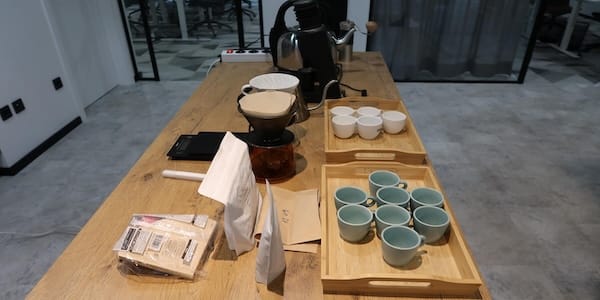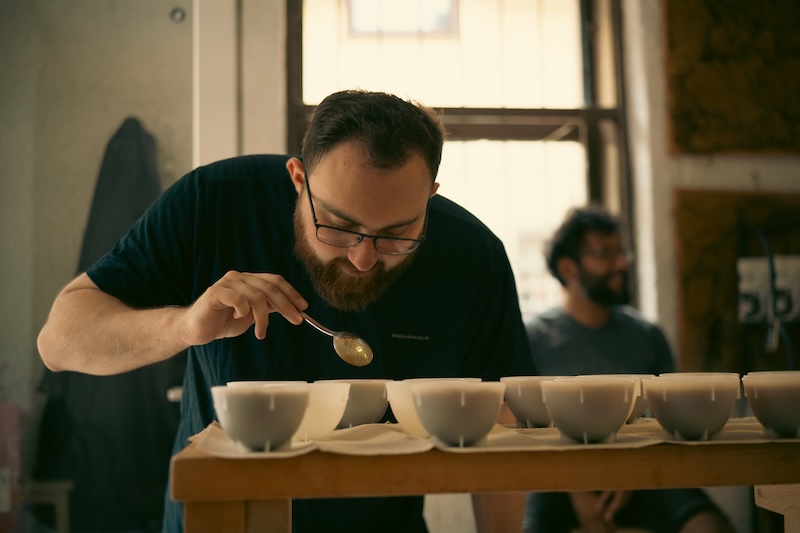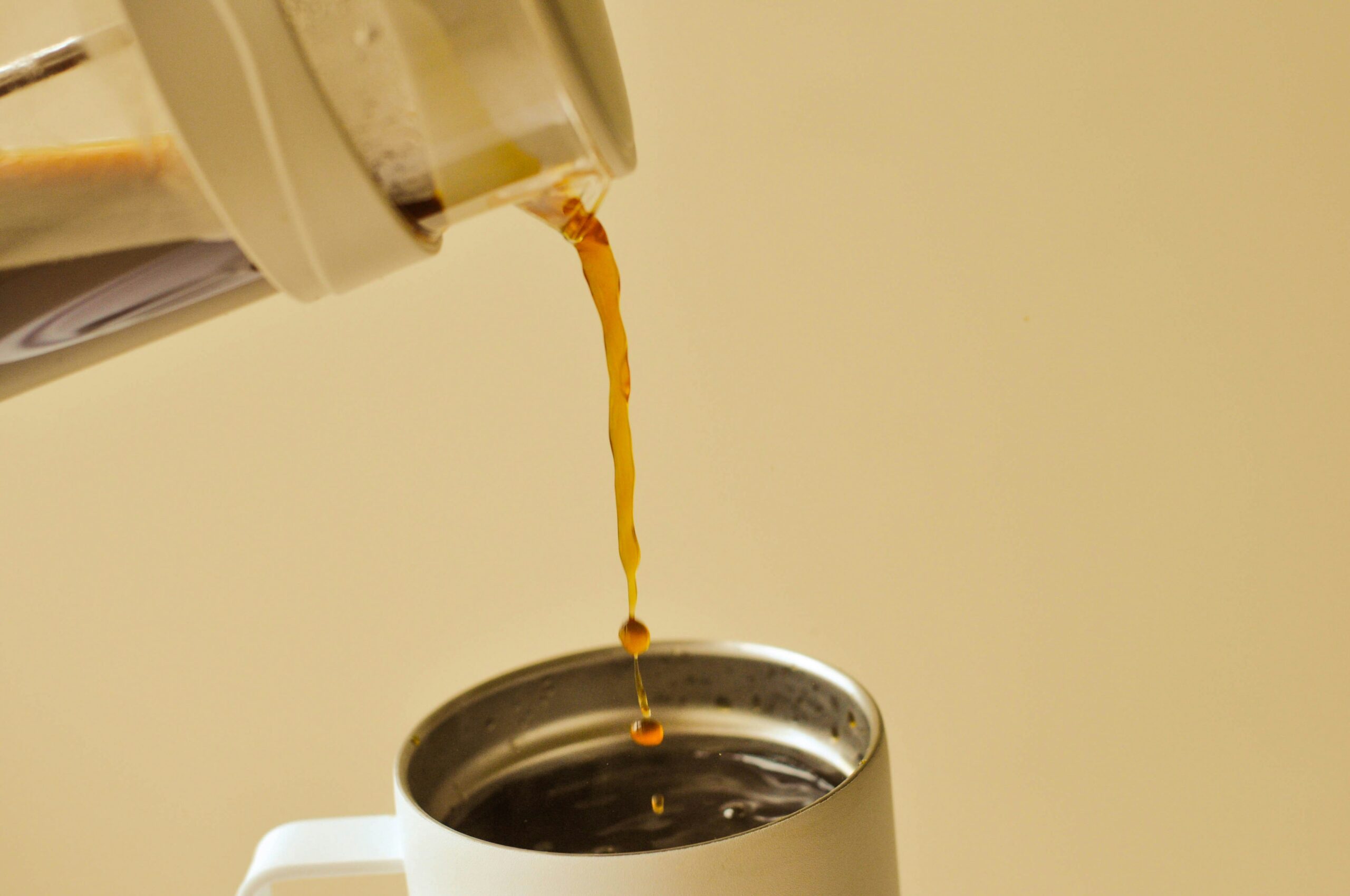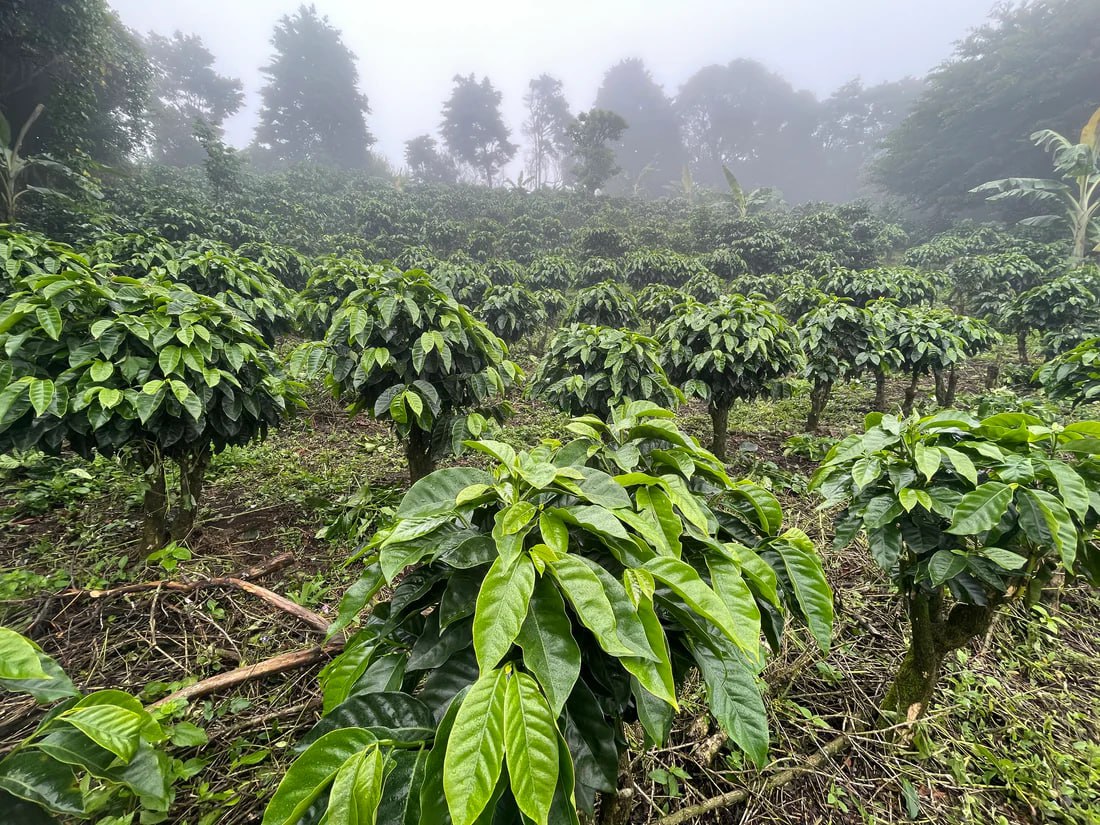ALL POSTS
ALL POSTS
Why Does my Coffee with Milk Taste Sour and Cost €4?
3 min read
Last edit: Jan 9, 2025
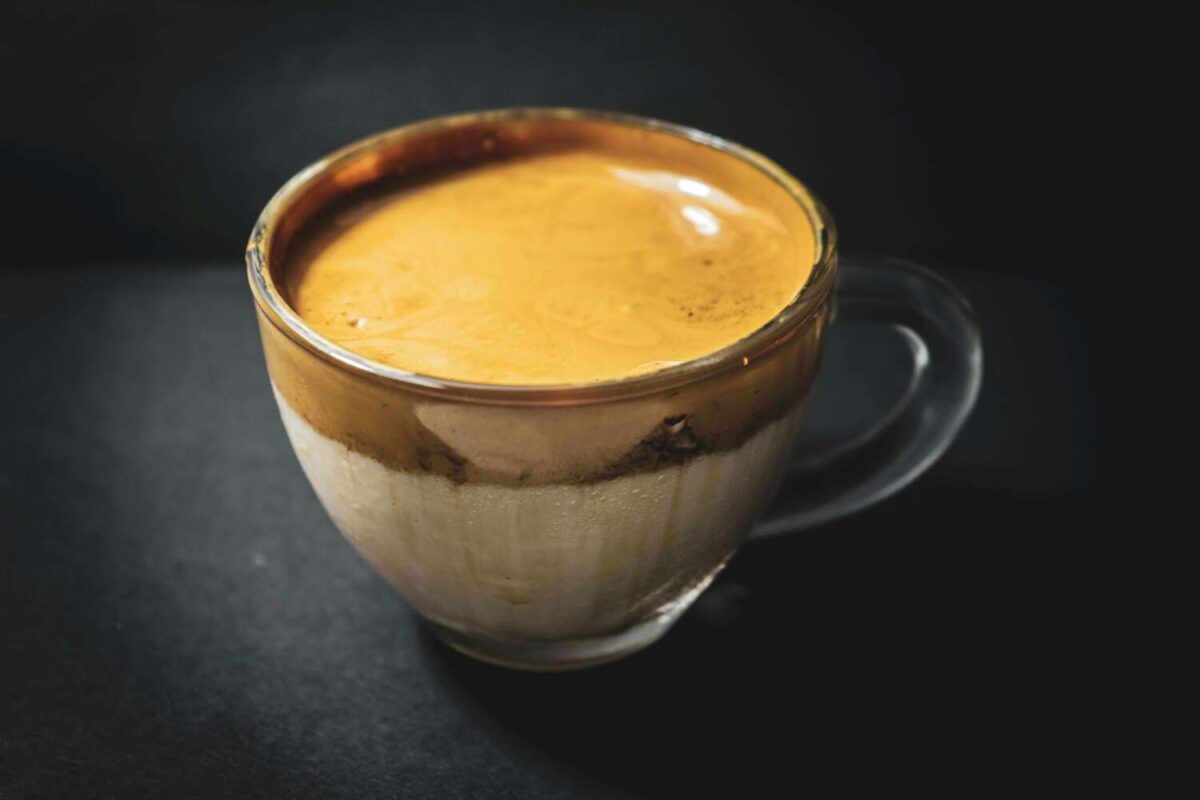
No doubt, coffee with milk is one of the most popular drinks among coffee lovers in Slovenia (and not only). When made properly, it is smooth and creamy but doesn’t have that foam on top like its classical counterpart Italian-style cappuccino. Interestingly enough, it seems that Slovenes started drinking what is known as third-wave cappuccino long before their European neighbors.
How your coffee with milk is usually made
Usually, when prepared in a coffee shop, coffee with milk contains a single shot espresso (30-40ml) and is topped up with heated and lightly frothed milk (120-150ml), sometimes finished with latte art. The silky texture of the milk, the correct temperature when served and evenly the extracted coffee result in a beautiful combination of flavors.
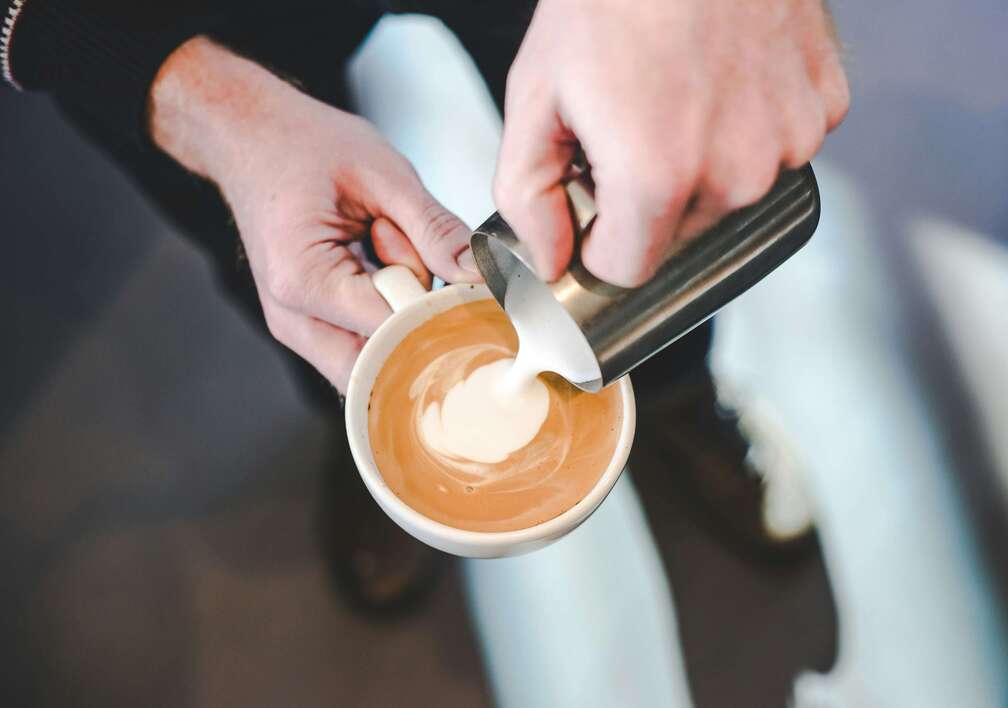
Traditionally, coffee with milk in Slovenia is made with medium-dark and dark-roasted blends of Colombian and Brazilian coffees. Combined with milk, these blends tend to “hide” under the flavor of milk, showing only the most prominent notes of the blend. Usually, these are more bitter than anything else. This classic taste of the beverage is historically based on the tendency to roast coffee dark and so extract more bitter flavors.
What happens if you combine milk with high-fat content and acidic espresso?
Nowadays high-quality premium and specialty coffee is rarely roasted dark, which, when done right, results in a more natural, acidic, fruity, and citrus profile. But what happens when you mix these with milk?
It is an undeniable fact that spoiled milk tastes and smells sour, but so can coffee with milk made out of specialty grade beans. So what is it all about?
Just as with a commonly found version, milk hides the nuanced flavors of specialty and outlines only the brightest and the axis ones. In the case of light and medium roasts, these are acidic notes. Does that mean that specialty coffee with milk will always be more sour compared to a beverage made of dark roasted beans? Well, yes, it does.
But it also means something peculiar.
Globally, for milk-based coffee beverages, cafes, and coffee shops choose milk with a higher fat and protein content for a silkier texture but also for a sweeter taste.
This effect of “added sweetness” is more commonly experienced with specialty coffees, especially in flat whites and espresso macchiatos.

Moreover, since specialty coffee costs more because of its rarity, high-end quality, and high self-costs, your first encounter with specialty coffee with milk might be a bit frustrating. But no worries, it is still polite to ask your barista about the coffee they use before ordering since that might affect your choice as well as give the barista a chance to suggest a drink that works with the specific coffee the best.
What to do in case you have any concerns
The chance of getting a spoiled milk-based drink in a coffee shop is extremely low since the majority of places are using ultra-pasteurized milk that remains fresh for up to half a year.
But if you do get a coffee with milk that smells, tastes, and looks suspicious, don’t hesitate to approach your barista. Chances are, they are having a very fresh roast, extremely acidic coffee, or both, and they will gladly remake the cup for you or offer another coffee option.
Some coffees play along with milk better than others, like coffees from Central and South American countries that are usually the choice for your coffee with milk. However, trying the same drink but with a base made out of Ethiopian or Indonesian beans might pleasantly surprise you, just be ready for a different flavor experience.
Would you like to learn more about other coffee roasters in Slovenia? Here are the guides.





